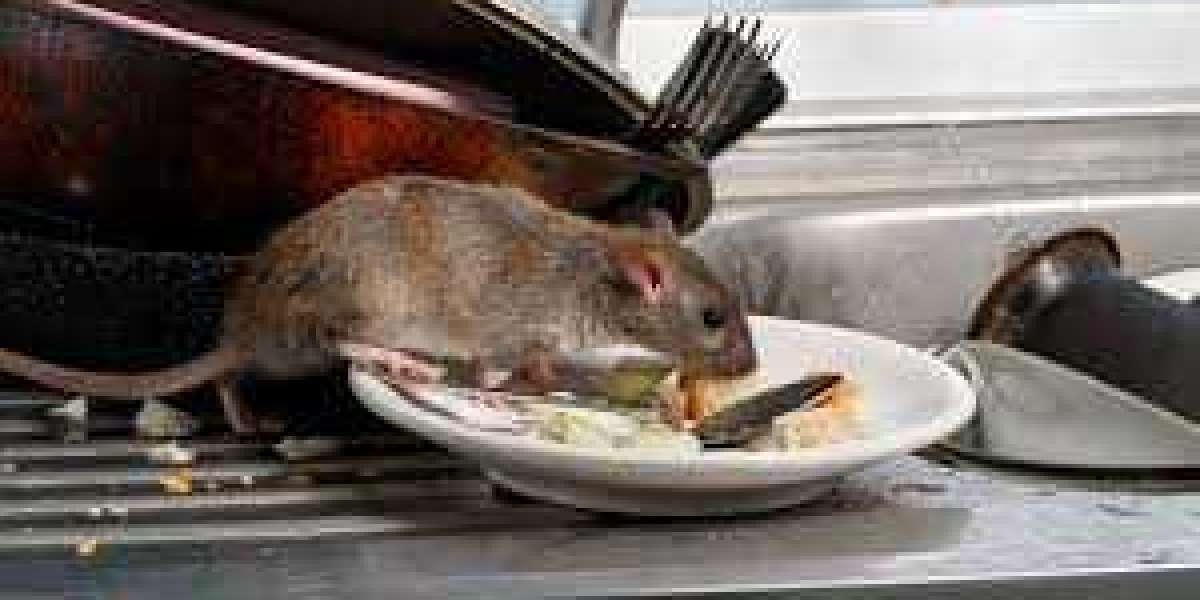Introduction: Rodents are notorious pests that can wreak havoc in both residential and commercial settings. Understanding their behavior is paramount for implementing successful pest management strategies. In this detailed article, we will explore the fascinating world of rodent behavior, shedding light on their habits, tendencies, and preferences. By gaining a deeper understanding of rodent behavior, we can develop targeted approaches to control and prevent infestations, ensuring a rodent-free environment for all.
The Nature of Rodent Behavior:
1. Nocturnal Activity:
- Rodents are predominantly nocturnal creatures, meaning they are most active during the night.
- This behavior allows them to avoid predators and search for food and shelter under the cover of darkness.
2. Nesting Instincts:
- Rodents exhibit a strong nesting instinct and will seek out secluded areas to build their nests.
- Common nesting sites include wall voids, attics, basements, and outdoor burrows.
3. Gnawing Behavior:
- Rodents have a compulsive need to gnaw on objects to keep their teeth trimmed and sharp.
- They will chew on various materials, including wood, plastic, and electrical wiring, leading to property damage and fire hazards.
4. Omnivorous Diet:
- Rodents are opportunistic feeders and will consume a wide range of foods, including grains, seeds, fruits, vegetables, and even meat.
- Their diverse diet allows them to adapt to different environments and find food sources in both urban and rural settings.
Factors Influencing Rodent Behavior:
1. Environmental Conditions:
- Rodent behavior is influenced by environmental factors such as temperature, humidity, and the availability of food and water.
- They are more active in warmer temperatures and will seek shelter in buildings during cold weather.
2. Population Density:
- High population densities can lead to increased competition for resources among rodents, resulting in more aggressive behavior and higher rates of reproduction.
- Overcrowding can also lead to the spread of disease and infestations in residential and commercial properties.
3. Predation Pressure:
- The presence of predators such as cats, dogs, and birds of prey can influence rodent behavior, causing them to seek out safer areas and avoid open spaces.
- Predation pressure can help regulate rodent populations and reduce the risk of infestations.
Rodent Control Strategies:
1. Identification of Entry Points:
- Conduct a thorough inspection of the property to identify potential entry points for rodents, such as gaps in walls, cracks in foundations, and openings around doors and windows.
- Seal these entry points using materials like steel wool, caulk, or metal flashing to prevent rodents from gaining access to indoor environments.
2. Placement of Bait Stations and Traps:
- Strategically place bait stations and traps in areas frequented by rodents, such as along walls, near nesting sites, and in areas of high activity.
- Choose baits and traps designed specifically for rodents and follow the manufacturer's instructions for proper placement and use.
3. Habitat Modification:
- Modify the environment to make it less attractive to rodents by removing clutter, sealing food containers, and maintaining proper sanitation practices.
- Keep outdoor areas clean and free of debris, and store garbage in tightly sealed containers to minimize food sources for rodents.
4. Use of Chemical Control Methods:
- In severe infestations, chemical control methods such as rodenticides may be necessary to eradicate rodents effectively.
- Use caution when applying rodenticides, and follow all safety precautions to minimize risks to humans, pets, and non-target wildlife.
Conclusion: Understanding rodent behavior is essential for implementing effective pest management strategies that target their habits and preferences. By incorporating techniques such as identifying entry points, strategically placing bait stations and traps, modifying habitats, and using chemical control methods when necessary, we can successfully control and prevent rodent infestations in residential and commercial properties. By taking proactive measures to address rodent behavior, we can create environments that are inhospitable to these pests, ensuring the health and safety of occupants and minimizing property damage.


